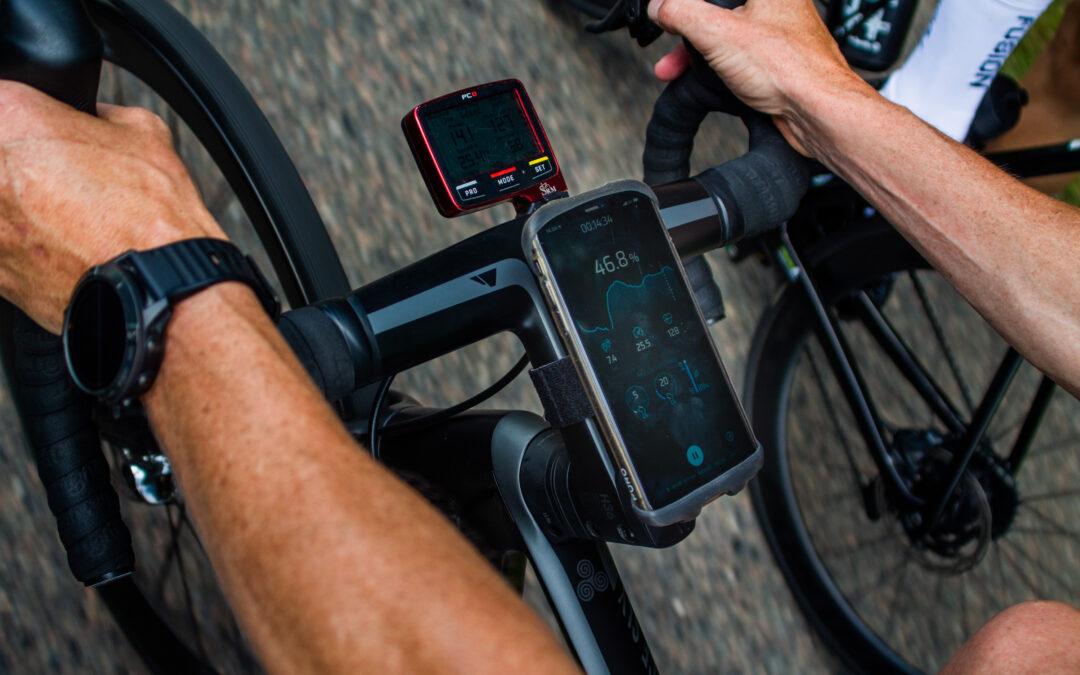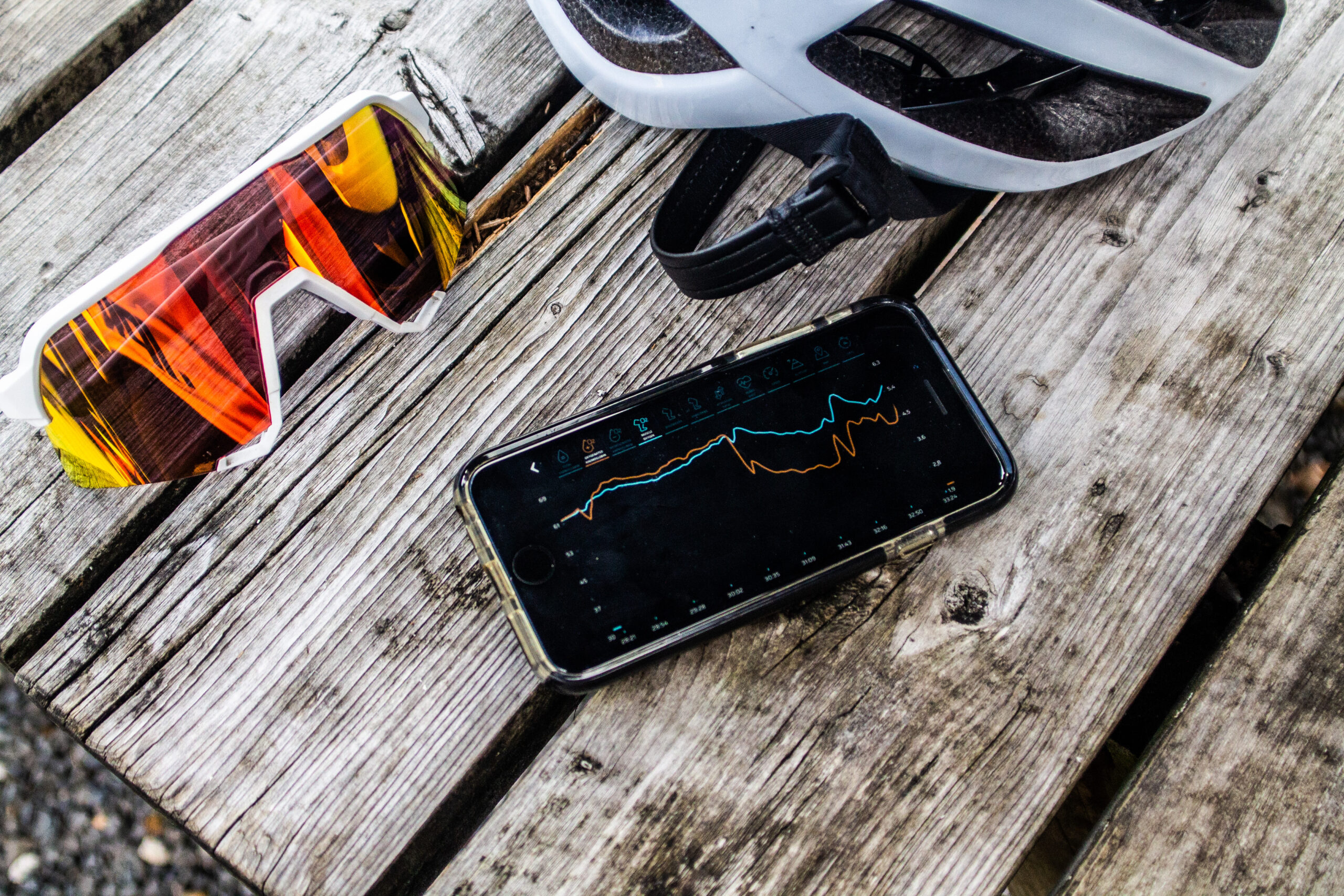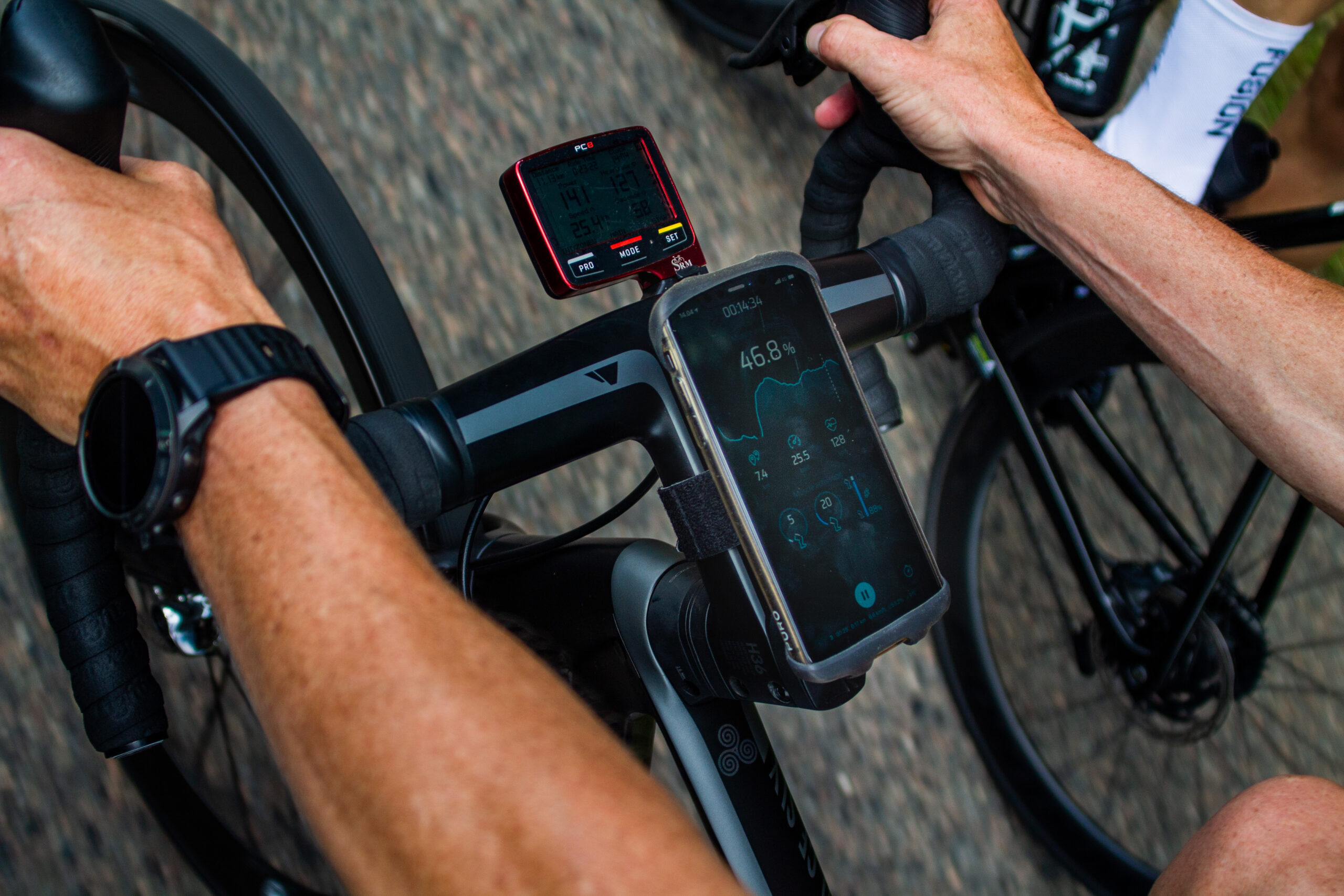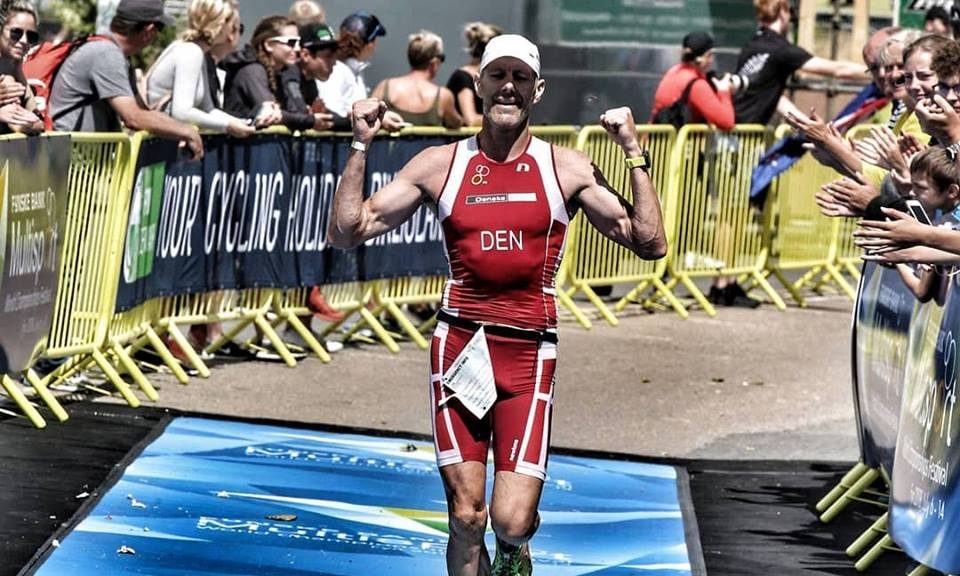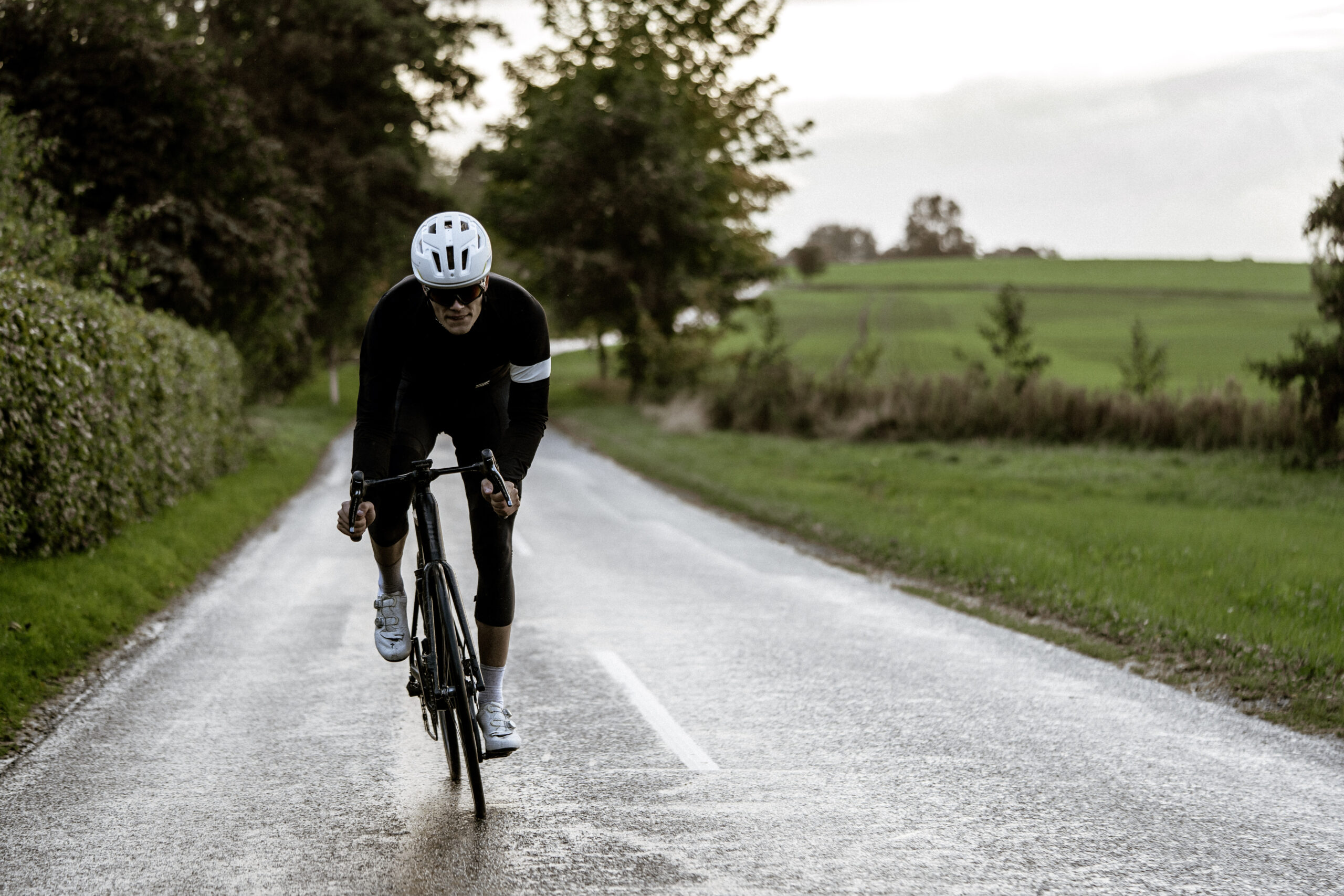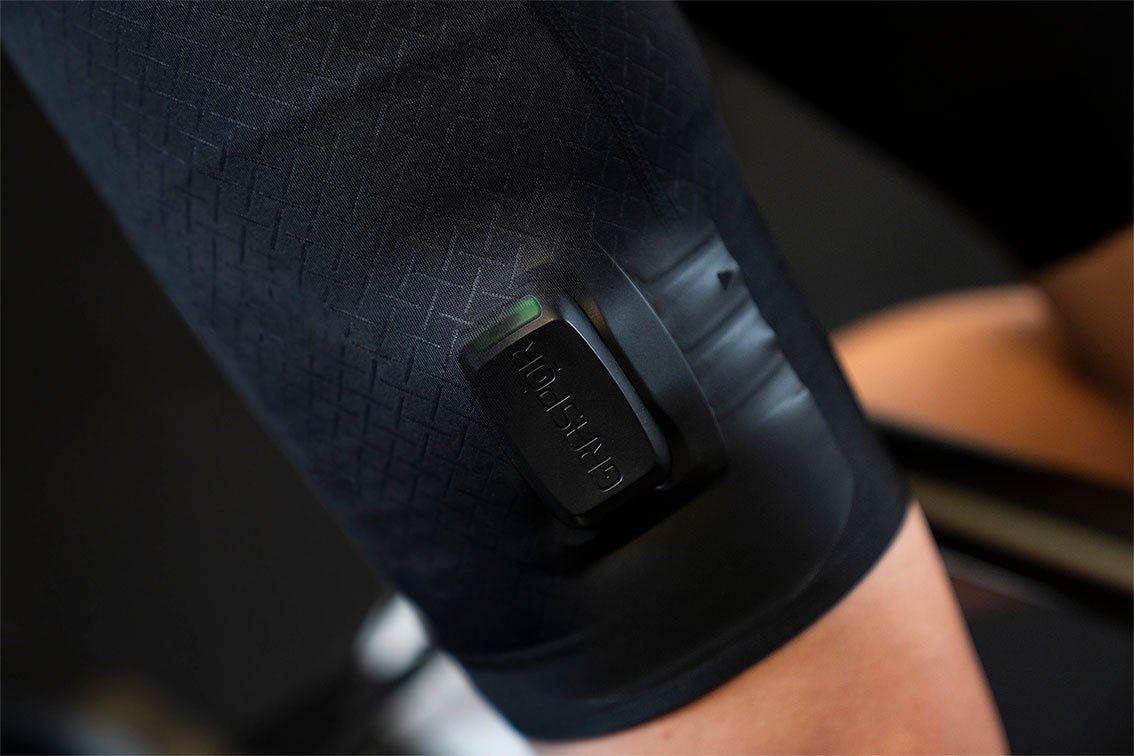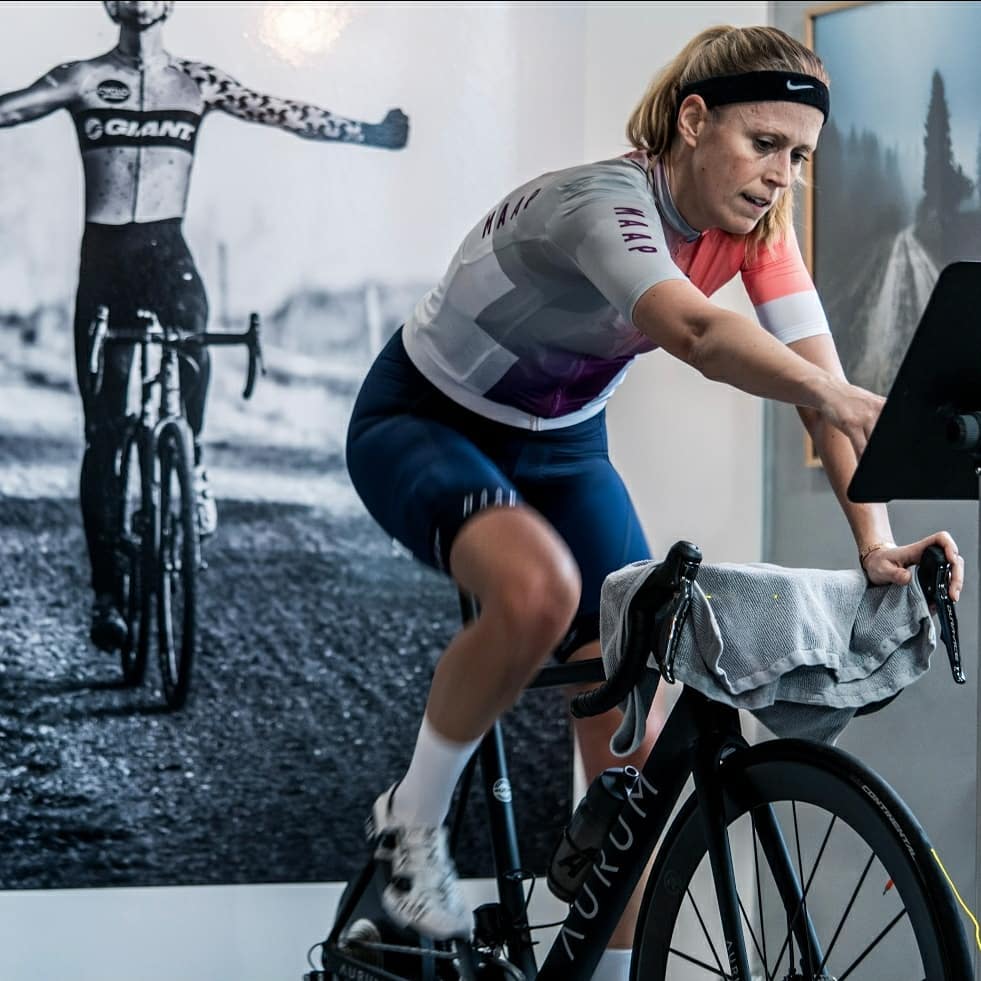Why you should care about your muscle oxygen and muscle activation levels?
Did you know that, if you start training without an adequate warm-up, you can potentially start the same processes that occur under VO2Max intervals? These processes put the muscle under high levels of stress and might prevent you from staying in your right training zone, completing your training session, or that the muscle will suffer from fatigue in the following days.
The stress on your muscles are not identifiable in the watt numbers. We will explain you why internal data on what is happening in your muscles is incredibly important for training correctly.
Watts have become a popular training parameter and one that just about everyone uses. Watts are a useful parameter because they are constant and not affected by day-to-day performance variations. It is also possible to compare them between people, e.g. amateur and professional riders. However, the fact that watts are a constant, can also make them misleading if they are not used in conjunction with other data. The number of watts produced does not tell you anything about how hard your muscles are working to deliver that power to the pedals. GRASPOR provides direct insight into muscle activation and muscle oxygenation. These two parameters can give you an understanding of how stress on the muscle changes over the course of a workout, even though the watts produced remain unchanged.
Below are 2 examples of how muscle oxygen data can benefit your training.
Example 1
“If you are aiming to ride 6*6-minute intervals at 300 watts, you will see that oxygenation starts at one level, in this example 50% Muscle Oxygen. Oxygenation will probably drop as you perform the following intervals and is likely to have decreased by as much as 10% toward the last interval.
As a result, while the first interval was ridden with 300 watts at 50% muscle oxygenation, if the 6th and final interval was ridden at 300w and then oxygenation was likely just 40% oxygenation. This might mean that while you began by stressing the muscle at a level corresponding to your threshold, the set ends at a level equivalent to VO2Max or higher. As a result, you might not be able to complete all 6 intervals, or it might mean that your muscles are more stressed in the coming days, longer to recover and that you might need to cancel training sessions or reduce the number of intervals you ride. If you have a GRASPOR and use muscle oxygen to manage your effort, the difference between watt and oxygenation will tell you when you have done enough intervals based on what your body is optimally able to manage.”
Example 2
”Many people use tests to find their training zones and lactate threshold. You can do this via a 20-minute ftp test, vo2max test or threshold test. The way these zones are calculated does not accurately reflect physiological capability or where training zones truly ought to lie for most individuals. This is because these tests detect the lactate threshold and multiply it with a factor to obtain training zones. The factors used are averages across a broad range of individuals. As a result, they are inaccurate for most people.
On top of this, these tests are often performed on a hometrainer, which is okay. The problem is that riders often perform 10 percent worse on a hometrainer than they do outdoors. This means that results are imprecise if they are subsequently transferred to outdoor cycling. In that case, zones will often lie too low, and you will not press yourself adequately. Muscle oxygen is inversely proportional to lactate which means that you can perform just as precise a test at home with a GRASPOR as if you had a lactate test performed by a professional trainer. The result also gives 5-6 training zones that are based on your actual physiological capability, where the result is not reached by multiplying it with a number ofestimated factors, but by identifying the breaking points. In addition, the 5-6 identified oxygenation zones can easily be transferred to the road. They can because, if your oxygenation at threshold indoors is 50% with 300 watts, then riding at 50% oxygenation outdoors, your watts will stabilise at a slightly higher level, e.g. 330 watts. That way, Yyou can be sure thereafter that you are training in the correct zone.
What is more, watt-zones can change between training sessions. If, as in example 1, you have ridden too hard one day you might potentially only be able to ride 270 watts with 50% oxygenation the following day. Or have just 45% oxygenation with 300w, which equates to a very different stress level.”
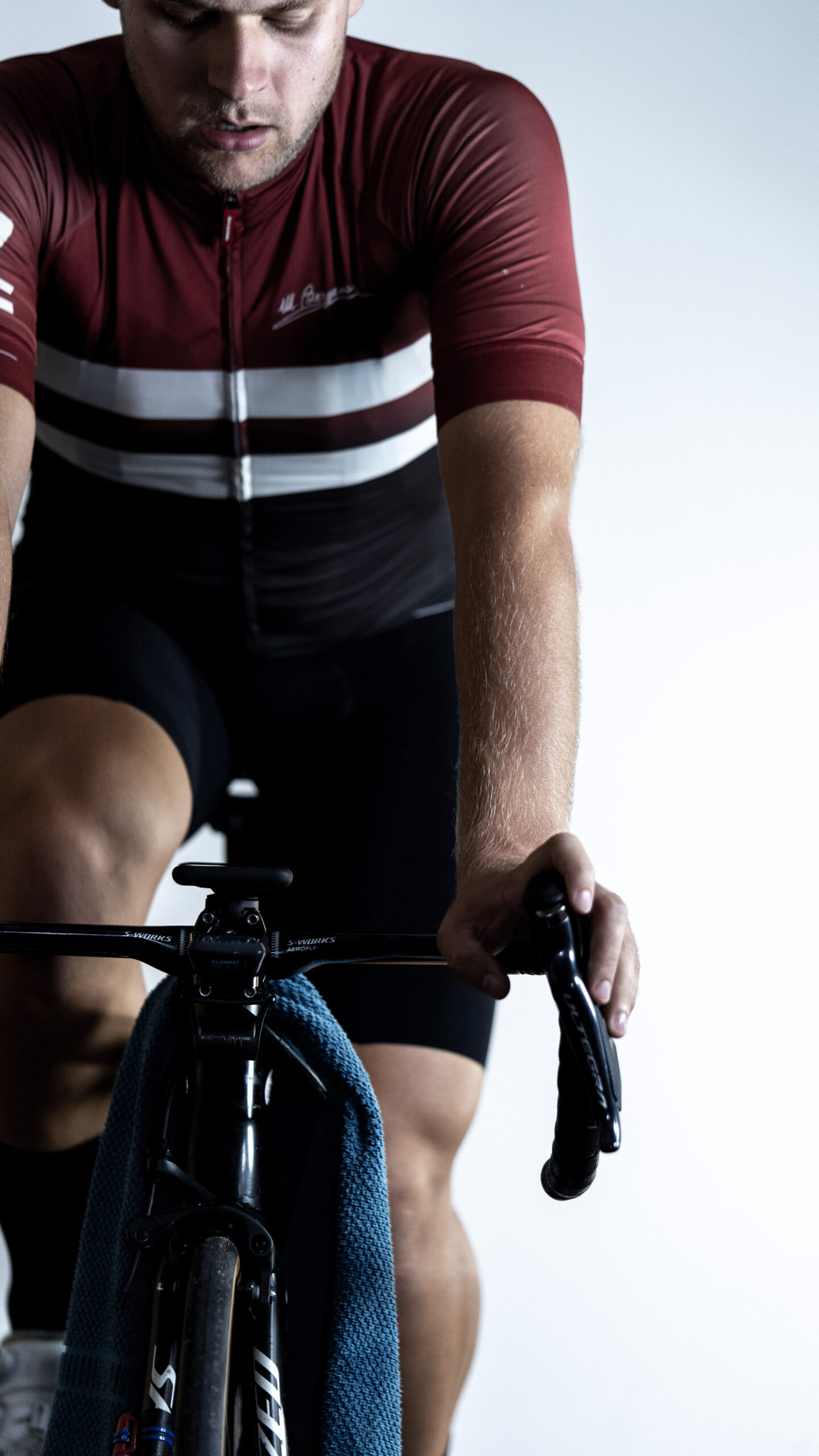
In general terms, it means that internal data can be used to 100% individualize the amount ofyour training, from the training load (how hard you work) in individual sessions and even right down to the number of intervals. When they start using GRASPOR, many people realise that their workouts have been too long and that they have trained too hard. On the other hand, iIf you base your training on data from your muscles, you will know your limits and avoid overexertion that can leave your body fatigued and struggling to recover before your next workout. That way, you will also avoid injury and maximise your performance gains.
By showing you the negative effects when you go too deep, GRASPOR can help you accept that you might actually need to train less to improve more!
Your Muscle Oxygen level can also show you when you are ready for a hard session and when you are not, so you do not waste time on training that will not benefit your performance.
- With GRASPOR’s internal data, can identify your limitations and what to work on to get better.
- Define training zones, and test every 5-6 weeks, as recommended.
- Adjust the intensity of intervals, to avoid over-stressing muscles and the body.
- Ensure that you are adequately warmed up.
- Ensure correct recovery times between intervals.
Continue leaning about GRASPOR with our oher articles



